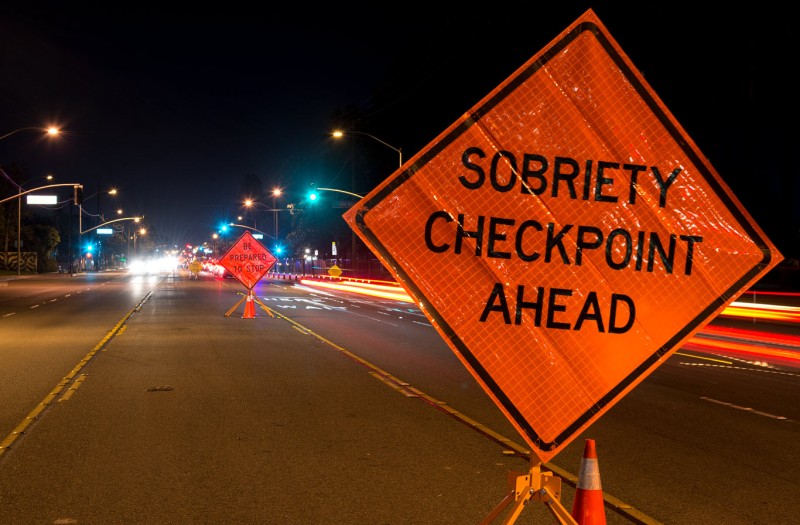
Marijuana legalization has become a divisive issue in the United States, sparking debate about how it would affect numerous elements of society. Opponents are concerned about increased driving under the influence of cannabis (DUIC) instances. However, a recent RTI International study provides unique insights on this subject. The study examined self-reported DUIC data and discovered that states that have legalized marijuana for medical or recreational purposes have a lower rate of driving within three hours after using the drug than states that continue to ban its possession. This study shows that public education initiatives in authorized jurisdictions may be critical in deterring people from driving while high on cannabis.
The correlation between marijuana legalization and driving behavior has significant implications for shaping public policy and ensuring road safety. By exploring the link between marijuana legalization and DUIC; policymakers can make informed decisions to balance individual freedoms and public safety. Additionally, understanding the role of public education initiatives in legal states can guide the development of effective campaigns to deter impaired driving behavior. Meanwhile, addressing the challenges faced by non-legal states in combating DUIC can inform targeted strategies to promote responsible cannabis use and road safety in these regions. As the nation grapples with the intricacies of marijuana legalization, this study's findings provide valuable insights to foster a more comprehensive understanding of its impact on driving behavior and pave the way for evidence-based solutions to promote safe and responsible road practices.
Driving Under the Influence of Cannabis in Legalized States vs. Prohibition States
The first subheading explores the intriguing disparities in driving behavior between states that have legalized marijuana and those that maintain prohibition. The study's analysis of self-reported DUIC data revealed a compelling trend: individuals in states with legalized marijuana are less likely to drive within three hours of consuming the drug compared to their counterparts in non-legal states. This noteworthy difference points toward the potential impact of marijuana legalization on promoting responsible driving habits among cannabis users.
One plausible explanation for this variation is the emphasis on public education in legalized states. With the advent of marijuana legalization, these states have proactively invested in comprehensive educational campaigns to inform citizens about the risks associated with driving under the influence of cannabis. Through various channels, such as mass media campaigns, warning labels on cannabis products, and dispensary instructions, users are reminded of the importance of responsible cannabis consumption. This heightened awareness likely contributes to a more cautious approach among marijuana users when it comes to driving, ultimately reducing self-reported DUIC cases. As the debate on marijuana legalization continues, the findings from this subheading underscore the significance of public education in shaping driving behavior and road safety in a rapidly evolving legal landscape.
The Role of Public Education in Legalized States
The second subheading delves deeper into the pivotal role of public education initiatives in states that have embraced marijuana legalization. The study's findings highlight that these efforts play a crucial role in influencing the driving behavior of cannabis users and reducing the prevalence of DUIC. These instructional campaigns, targeting medical and recreational cannabis users, underline the significance of careful usage and the dangers of impaired driving. These states are actively working to increase awareness about the dangers of driving under the influence of cannabis using a multifaceted approach that includes media campaigns, educational materials at dispensaries, and product labelling.
A significant aspect of these public education initiatives is the emphasis on dispelling misconceptions and providing accurate information about the effects of cannabis on driving performance. Research has shown that impairment levels can vary significantly depending on an individual's cannabis tolerance, consumption method, and the presence of other substances. As such, the educational materials aim to inform users about the importance of waiting an appropriate amount of time after cannabis consumption before operating a vehicle. By promoting a responsible and informed approach, these states seek to reduce the occurrence of DUIC and ensure safer roads for all.
Moreover, implementing warning labels and instructions on cannabis products serves as a tangible reminder to users about the potential risks of driving shortly after consumption. These labels enhance public awareness and reinforce the message conveyed through educational campaigns. By promoting transparency and responsible usage, legalized states are taking proactive steps to address concerns surrounding impaired driving under the influence of cannabis. As other states contemplate marijuana legalization, the insights gained from this subheading underscore the necessity of robust public education initiatives to instill responsible behaviors and prioritize road safety within the context of evolving cannabis policies.
Addressing Impairment and Driving Safety in Non-Legal States
The third subheading delves into the challenges faced by states that continue to uphold marijuana prohibition and the efforts needed to address impaired driving concerns in these regions. While the study's findings show promising results in legalized states, the prevalence of DUIC remains a pressing issue in non-legal states, warranting comprehensive prevention efforts.
One of the primary challenges in non-legal states is the lack of regulatory control over cannabis products, including the absence of mandated warning labels and instructions. Without such measures, educating users about the risks of impaired driving becomes more complex, as there are no standardized channels through which information can be disseminated. In light of this limitation, alternative strategies, such as mass media campaigns, could prove instrumental in reaching a wider audience and providing education about DUIC.
Given the varying attitudes towards cannabis use and impaired driving across states, a unified approach to promoting road safety becomes imperative. While some non-legal states may not have experienced the same decrease in DUIC reported in legalized states, the findings from this subheading underscore the urgency for tailored awareness campaigns and education programs. By prioritizing public safety over the partisan divide on marijuana legalization, these states can work towards a collective goal of minimizing impaired driving risks and fostering responsible cannabis use.
Furthermore, researchers and policymakers in non-legal states should consider the nuances surrounding marijuana's effects on impairment and driving performance. Studies have shown conflicting results regarding the relationship between THC concentrations in blood and the likelihood of accidents; a nuanced understanding of cannabis impairment is necessary to develop effective prevention strategies. By analyzing existing research and conducting state-specific studies, these regions can better grasp the implications of marijuana use on road safety, paving the way for targeted prevention initiatives.
Bottom Line
The full analysis of marijuana legalization’s impact on driving behavior offers significant insights into a multidimensional subject that continues to shape public policy and safety measures. The study's findings highlight the favorable impact of public education programs in authorized jurisdictions, where people are less likely to drive under the influence of cannabis. These efforts, including mass media campaigns and product labelling, have been pivotal in promoting responsible cannabis consumption and fostering safer roads. However, the study also highlights the pressing need for tailored prevention efforts in non-legal states, where regulatory control over cannabis products and standardized education measures remain lacking. By prioritizing road safety over the ideological debate on marijuana legalization and adopting evidence-based strategies, both legalized, and non-legal states can work together towards the common goal of minimizing impaired driving risks and ensuring responsible cannabis use for the well-being of all citizens.







